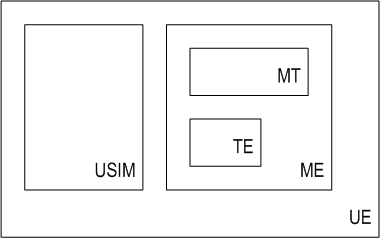Content for TS 23.227 Word version: 5.1.0
0 Introduction p. 4
The present rapid development of a diversity of new applications and application environments for mobile usage creates a complexity of previously unseen proportions that the UE has to handle. These applications and application environments co-exist and execute independently in the UE, and thus have the potential to interact with each other in a way that could be detrimental to the positive user experience and sense of user control of the UE. There is a need to control and manage the total applications/interfaces environment and MT resources so as to produce a conceptually consistent and logically whole and integrated user experience.
The present document outlines a generic model for the interaction between these applications. It further specifies a set of basic principles and requirements for these applications to co-exist on the UE. This specification may also result in presenting to the user a coherent user experience.
The present document's purpose is not to categorise the applications peripherals, but to try to structure the events that are internal and external to, and has to be handled by, the MT Core Functions. This means that the structure or grouping of the events should be made from a MT centric perspective. Some applications run on the UE side have counterparts in the network. The present document addresses the interactions within the UE.
The User Equipment functional model used in this specification is defined by the model included in TS 23.101.

1 Scope p. 6
The present document defines the principles for scheduling UE resources and controlling UE interactions and resolving conflicts between independently running applications in different application execution environment (e.g. MExE, USAT etc.) and internal and external peripherals (e.g. infra-red, Bluetooth, USIM, radio interface, MMI, memory etc.).
The present document is divided in two parts: clause 4 defines a framework for event handling. Clause 5 addresses some specific issues.
Annex A contains an informative background to the problem area.